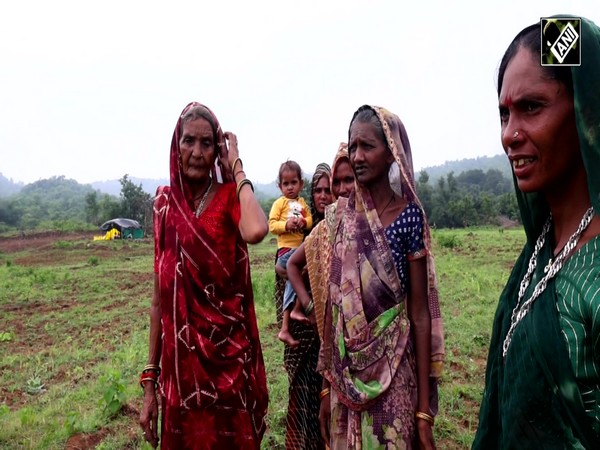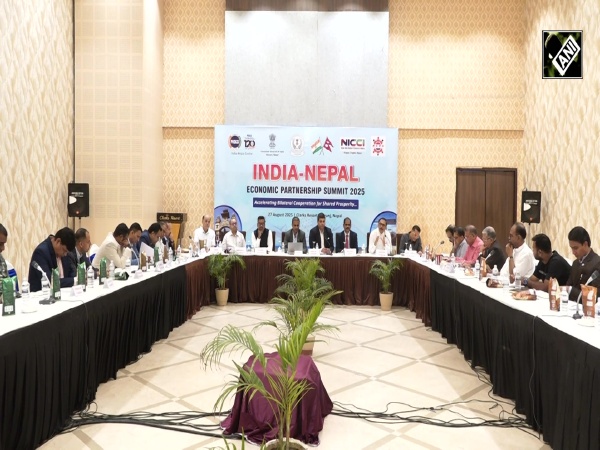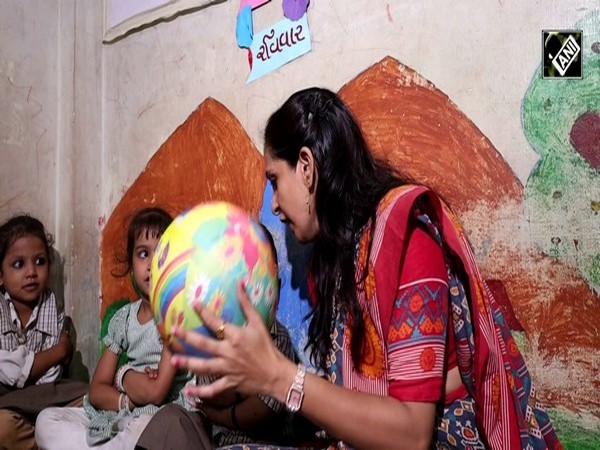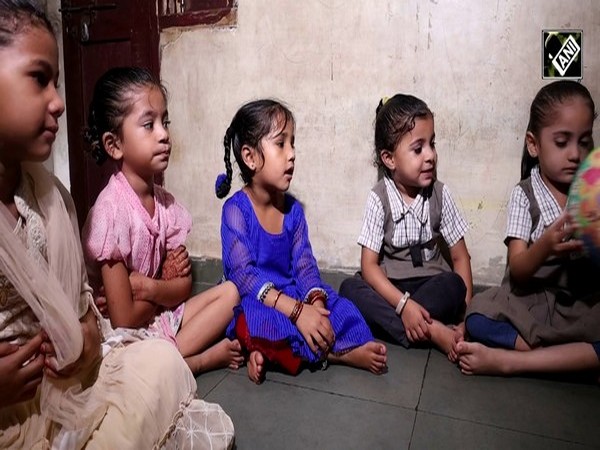Jharkhand: Administration forms Rapid Response team after Avian flu outbreak in state-run poultry farm
Apr 25, 2024

Ranchi (Jharkhand) [India], April 25 : The Animal Husbandry Directorate, Ranchi, has formed a Rapid Response Team (RRT) for the culling of poultry and cleaning and disinfection of infected areas after H5N1 Avian Influenza (Bird Flu) was detected in the poultry area, Hotwa.
Assistant Manager Regional Poultry Farm, Dr Ganesh Ram Mahali, said, "We have been asked to dispose of all the birds and eggs in the poultry farm, and also in the 1 km radius. We have formed a team for the task. Since the bird flu has been confirmed, we have to create awareness among people not to eat chicken, since it will increase the risk of infection. 1697 eggs and 1800 birds have been disposed of so far. The whole farm is being sanitised and we will not bring any birds for the next three months. We collected the sample and sent it to Kolkata, which they confirmed on April 20, after which the confirmation was sent to the Jharkhand government and also to the Central Government."
The RRT team will work to disinfect the area within 1 km of Epic Centre in the poultry area, Hotwa.
Meat technologist at the Regional Poultry Farm, Dr Santosh Kumar, told ANI, "In the 1 km radius, all chickens and eggs will be disposed of. We will tell all farmers and shopkeepers not to bring any outside poultry. Until we do not receive a negative report, we will ask them not to farm chicken."
On the orders of the District Collector, about 1745 chickens, 450 ducks and 1697 eggs living here have been disposed of.
During this time, the doctor and other employees of the poultry farm have been ordered to spread awareness in the surrounding area.
H5N1 stands for Highly Pathogenic Asian Avian Influenza (H5N1) Virus.
Avian influenza is a strain of the influenza virus that primarily infects birds, but can also infect humans. This type of flu is most often contracted by contact with sick birds. It can also be passed from person to person.
Almost all cases of H5N1 infection in people have been associated with close contact with infected live or dead birds, or H5N1-contaminated environments.

















